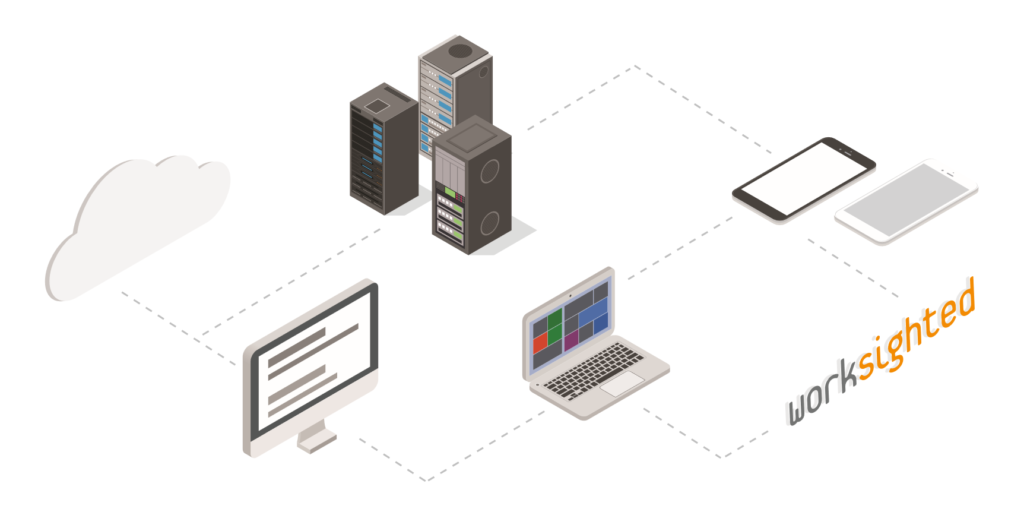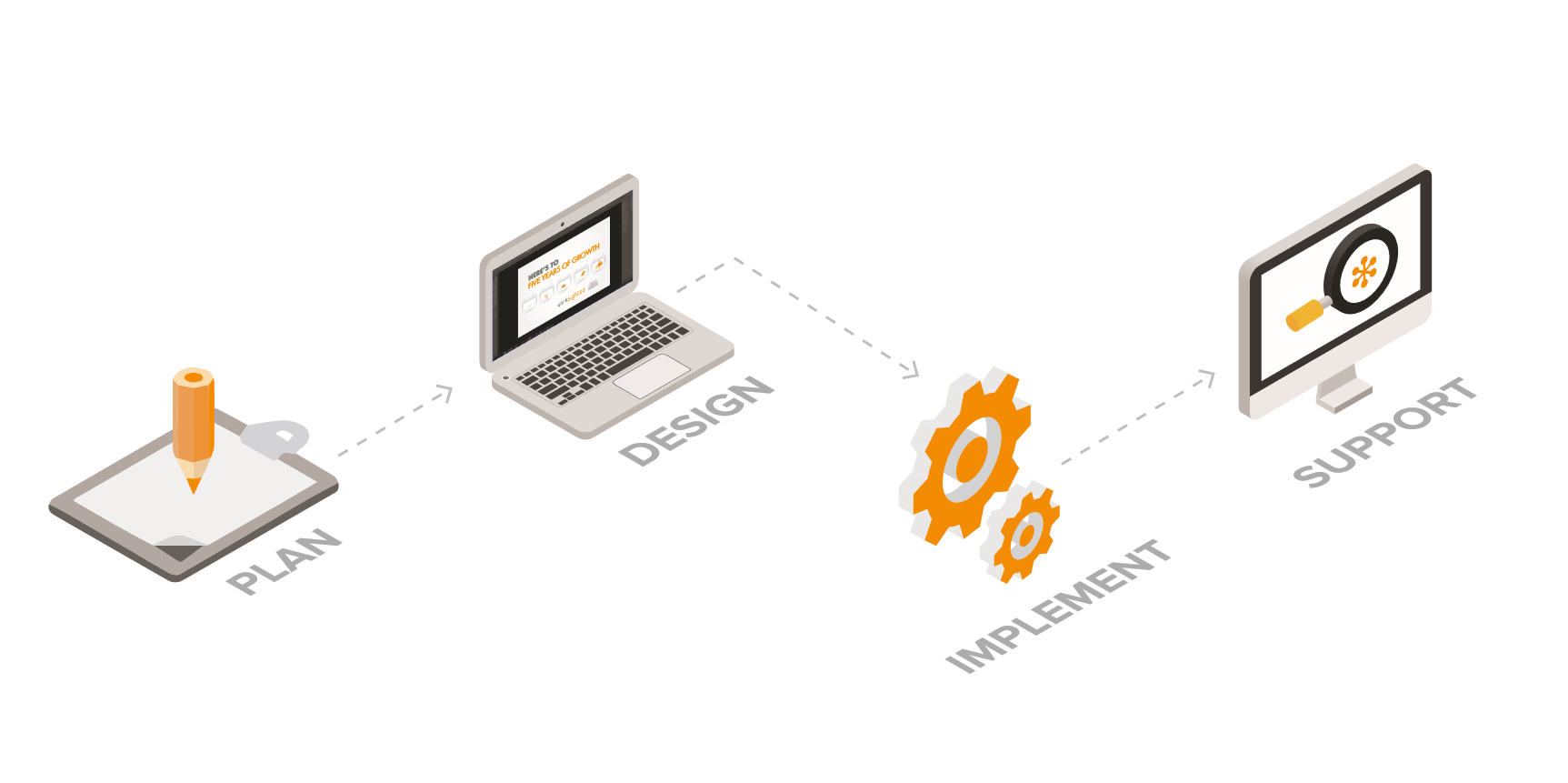Why Change Management in Healthcare is Essential for Your IT Deployment
With a steady stream of innovations coming to market, not to mention hype around everything from 3D printed implants to artificial intelligence, it’s an exciting time for healthcare technology. However, as with any new tech, the benefits are only realized when that tech is being tangibly used.
If your hospital or healthcare company is aiming to introduce new technology, the challenge goes beyond the purely technical aspect of deployment. Indeed, perhaps the biggest obstacle for any hospital’s IT department is encouraging employees to adopt your new tools into their day-to-day tasks.
Change management in healthcare is essential for success with new tech. Let’s look at why adoption is a challenge, and how you should approach large IT projects to ensure success.
Why change management in healthcare is essential
Technologists and medical professionals have, in many ways, diametrically opposed priorities – and this can make introducing new tech a real challenge. Here’s why:
- Medical professionals take an oath to “do no harm”. Their profession demands a certain conservatism and skepticism about new tools. Their focus is more on safe working conditions, staffing levels, and managerial support – before having a fancy new tech platform.
- Technologists are driven by the process of disruption. Their objective is to upend industries and drastically change how things work.
Due to this clash of priorities, IT teams trying to introduce new tech can face real resistance. Even if your CIO is convinced that the new software system is safe and robust, your senior consultants will often prefer to stick with what they know, rather than risk data breaches or extensive and time-consuming training that takes staff away from their primary roles.
It is therefore ineffective to simply deploy new tech in a hospital or healthcare company and expect staff to take new processes in their stride – as this article from the Harvard Business Review shows. If you are altering people’s working patterns and behaviors, they must understand why the change has occurred and how these new processes will improve their work—whether it’s increased efficiencies, communications, or safer working conditions. And the science of change management in healthcare provides some essential techniques to help you do this.
Change management in healthcare: essential steps
There are various documented change management methodologies, such as PROSCI, Kotter’s 8-step process or even nudge theory. Whatever approach you feel is right for your organization, the fundamentals are the same. Here are some key principles that should be considered whenever you attempt to introduce new technology to your healthcare organization:
Get buy-in from senior management
Your organization’s leaders need to be seen to be committed to the new technology. Consultants, the hospitals senior management, and other key staff must be on-board with the tech and be seen to use it in their day-to-day activities.
Share a vision which goes beyond the tech
Right across your organization, staff need to feel that they have a stake in the organization’s vision and its future. The vision needs to come ‘from the bottom up’, with staff across departments contributing their thoughts and feelings about how the organization can improve. You then need to develop a vision that all staff can buy into: to have impressively short waiting times, for instance, or to be the hospital that is an exemplar of organizational-wide information sharing. The tech itself is just a means for achieving that vision.
Make the change desirable
People are unlikely to change if they are happy with the status quo. Whatever technology you are introducing, be it hardware or software, it needs to excite and inspire staff. This is made somewhat easier in hospitals, because traditional technology is often clunky and confusing – modern software is much more user-friendly and attractive. Nonetheless, staff need to be convinced that the new tools will truly make their lives easier and allow them to provide better service to their patients.
Find change ambassadors
Change management in healthcare is made much easier when, in each department, you find one or two individuals who are particularly excited by the new tools. These people can be thought of as ‘change ambassadors’, who encourage their colleagues to use the tech, demonstrate best practice, and enthuse about its benefits.
Long term support
While your initial deployment might be a success, long-term change only happens when you keep checking in with the technology to ensure it is still being used. This involves providing extra training over time, monitoring usage levels and drop off, and asking staff what problems they encounter.
Change management in healthcare is an essential practice if you wish to introduce new technology to your hospital or healthcare organization. And only with a smart, structured, and continued adoption strategy can you expect your users to really experience the benefits of the new tech, and your organization to prosper.
At Worksighted, we use change management best practices whenever deploying our tech in the healthcare sector. Click here to learn more.





